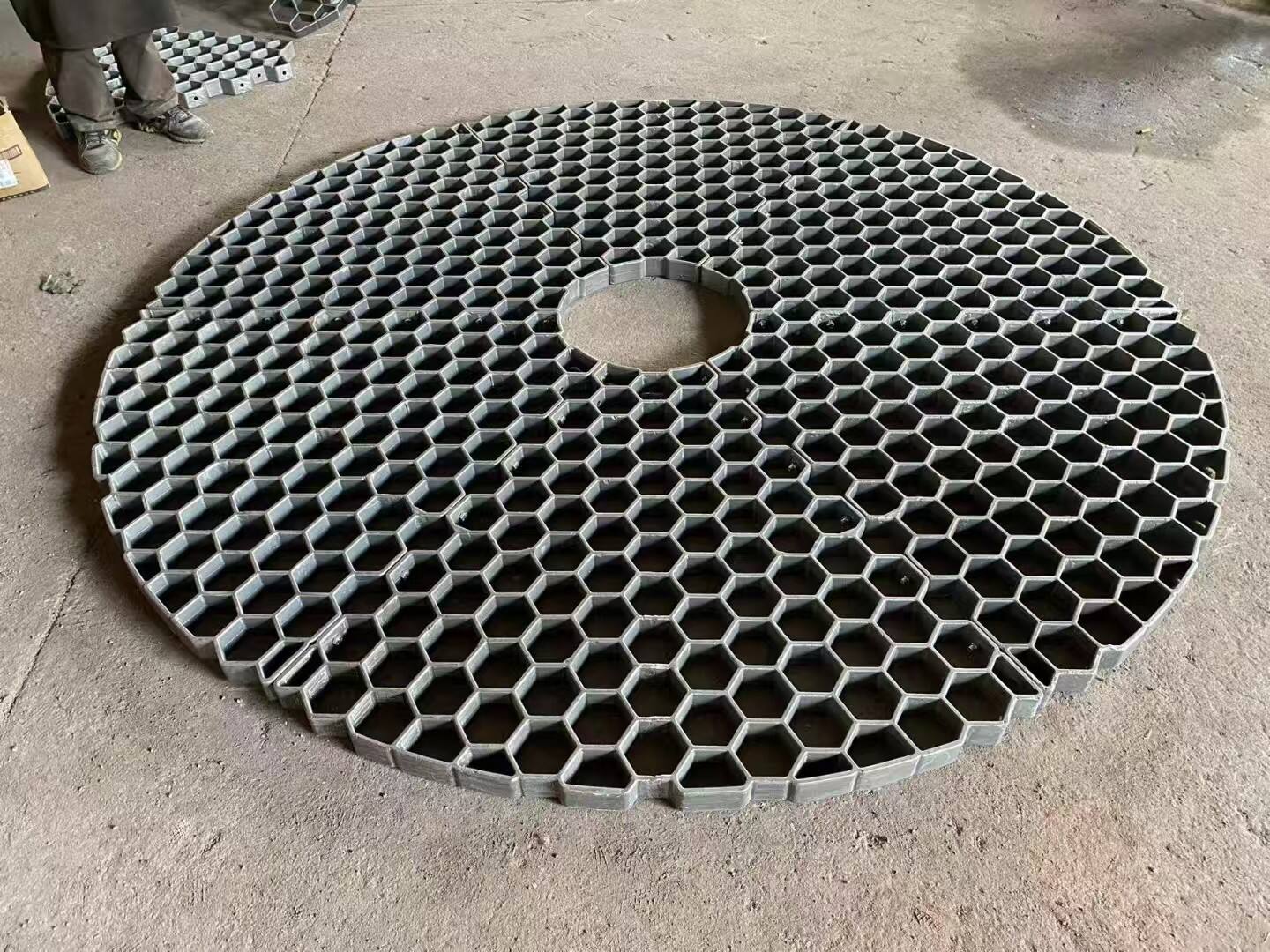different types of heat treatment
Heat treatment encompasses various processes that alter the physical and mechanical properties of materials through controlled heating and cooling cycles. The main types include annealing, hardening, tempering, and case hardening. Annealing involves heating material to a specific temperature and cooling it slowly to reduce hardness and increase ductility. Hardening requires heating steel above its critical temperature followed by rapid cooling to increase hardness and strength. Tempering is performed after hardening to reduce brittleness while maintaining strength. Case hardening creates a hard exterior while keeping a softer, tougher core. These processes serve essential functions in manufacturing, including stress relief, improved machinability, enhanced strength, and increased wear resistance. The technology employs precise temperature control, specific heating rates, and carefully managed cooling methods. Modern heat treatment facilities use advanced equipment like controlled atmosphere furnaces, induction heating systems, and quenching units. These treatments find applications across numerous industries, including automotive manufacturing, aerospace components, tooling production, and general engineering. The success of heat treatment depends on factors such as material composition, desired properties, and precise process control.
